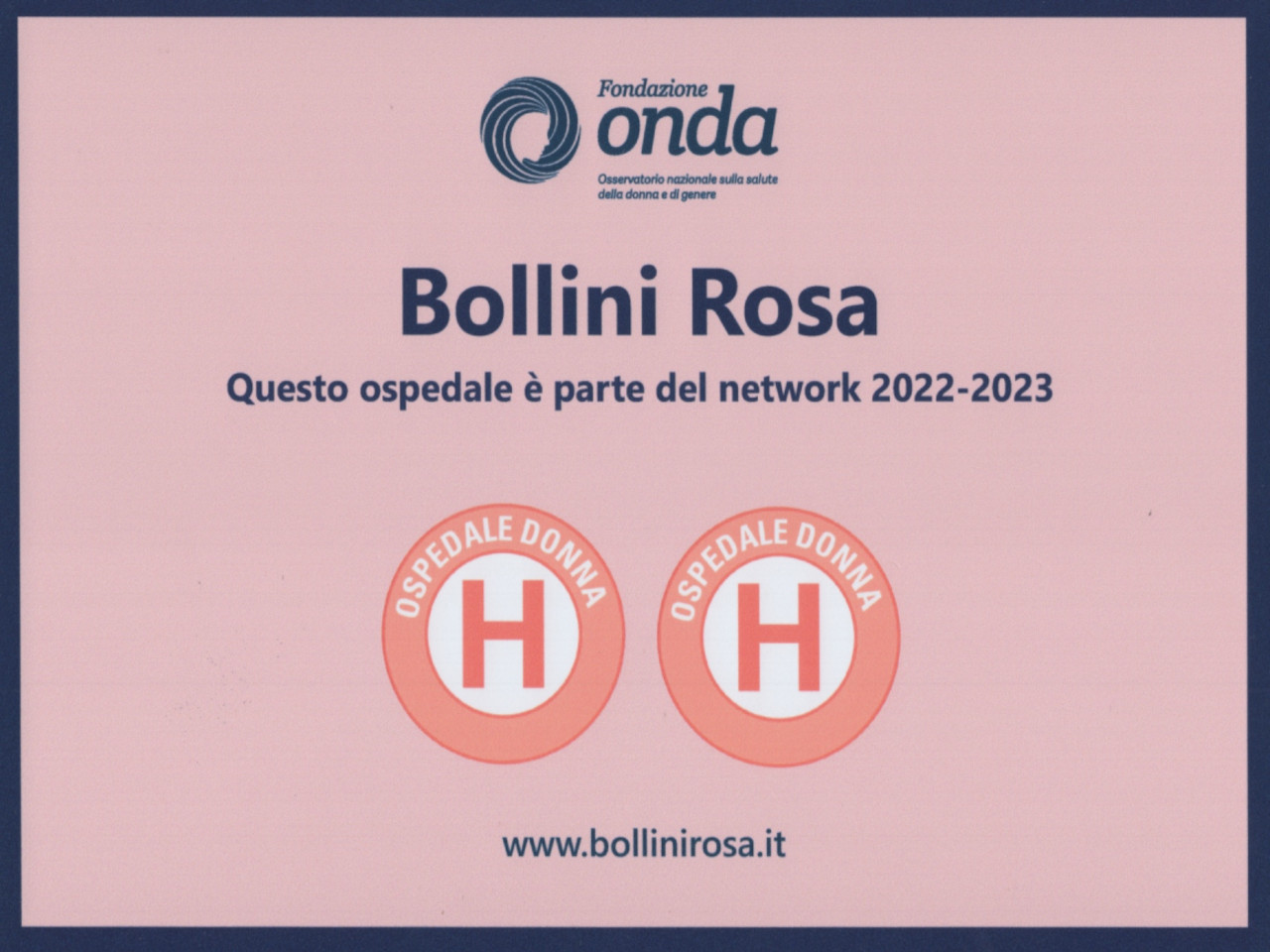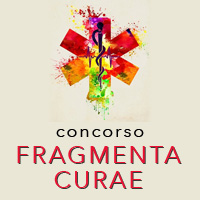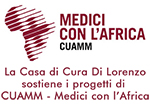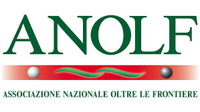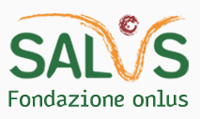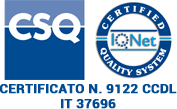In Vitro Evaluation of Different Methods of Handling Human Liposuction Aspirate and Their Effect on Adipocytes and Adipose Derived Stem Cells
- Autori: P. Palumbo, G. Miconi, B. Cinque, C. La Torre, F. Lombardi, G. Zoccali, G. Orsini, P. Leocata, M. Giuliani e M. G. Cifone
- Rivista: Journal of Cellular Physiology, 230: 1974–1981, 2015
- Anno: 2015
- Dettagli
- Pubblicato: Lunedì, 01 Gennaio 2024 10:00
Nowadays, fat tissue transplantation is widely used in regenerative and reconstructive surgery. However, a shared method of lipoaspirate handling for ensuring a good quality fat transplant has not yet been established. The study was to identify a method to recover from the lipoaspirate samples the highest number of human viable adipose tissue-derived stem cells (hADSCs) included in stromal vascular fraction (SVF) cells and of adipocytes suitable for transplantation, avoiding an extreme handling. We compared the lipoaspirate spontaneous stratification (10-20-30 min) with the centrifugation technique at different speeds (90-400-1500 x g). After each procedure, lipoaspirate was separated into top oily lipid layer, liquid fraction, "middle layer", and bottom layer. We assessed the number of both adipocytes in the middle layer and SVF cells in all layers. The histology of middle layer and the surface phenotype of SVF cells by stemness markers (CD105+, CD90+, CD45-) was analyzed as well. The results showed a normal architecture in all conditions except for samples centrifuged at 1500 x g. In both methods, the flow cytometry analysis showed that greater number of ADSCs was in middle layer; in the fluid portion and in bottom layer was not revealed significant expression levels of stemness markers. Our findings indicate that spontaneous stratification at 20 min and centrifugation at 400 x g are efficient approaches to obtain highly viable ADSCs cells and adipocytes, ensuring a good thickness of lipoaspirate for autologous fat transfer. Since an important aspect of surgery practice consists of gain time, the 400 x g centrifugation could be the recommended method when the necessary instrumentation is available.
Biological Effects of Low Frequency High Intensity Ultrasound Application on EX Vivo Human Adipose Tissue
- Autori: P. Palumbo, B. Cinque, G. Miconi, C La Torre, G. Zoccali, N. Vrentzos, A.R. Vitale, P. Leocata, D. Lombardi, C. Lorenzo, B. D'Angelo, G. Macchiarelli, A. Cimini. M.G. Cifone e M. Giuliani
- Rivista: Internation Journal of Immunopathology and Pharmacology, Vol.24, no. 2, 411-422
- Anno: 2011
- Dettagli
- Pubblicato: Lunedì, 01 Gennaio 2024 10:00
In the present work the effects of a new low frequency, high intensity ultrasound technology on human adipose tissue ex vivo were studied. In particular, we investigated the effects of both external and surgical ultrasound-irradiation (10 min) by evaluating, other than sample weight loss and fat release, also histological architecture alteration as well apoptosis induction. The influence of saline buffer tissue-infiltration on the effects of ultrasound irradiation was also examined. The results suggest that, in our experimental conditions, both transcutaneous and surgical ultrasound exposure caused a significant weight loss and fat release. This effect was more relevant when the ultrasound intensity was set at 100% (∼ 2.5 W/cm2 for external device; ∼19–21 W/cm2, for surgical device) compared to 70% (∼ 1.8 W/cm2 for external device; ∼13–14 W/cm2 for surgical device). Of note, the effectiveness of ultrasound was much higher when the tissue samples were previously infiltrated with saline buffer, in accordance with the knowledge that ultrasonic waves in aqueous solution better propagate with a consequently more efficient cavitation process. Moreover, the overall effects of ultrasound irradiation did not appear immediately after treatment but persisted over time, being significantly more relevant at 18 h from the end of ultrasound irradiation. Evaluation of histological characteristics of ultrasound-irradiated samples showed a clear alteration of adipose tissue architecture as well a prominent destruction of collagen fibers which were dependent on ultrasound intensity and most relevant in saline buffer-infiltrated samples. The structural changes of collagen bundles present between the lobules of fat cells were confirmed through scanning electron microscopy (SEM) which clearly demonstrated how ultrasound exposure induced a drastic reduction in the compactness of the adipose connective tissue and an irregular arrangement of the fibers with a consequent alteration in the spatial architecture. The analysis of the composition of lipids in the fat released from adipose tissue after ultrasound treatment with surgical device showed, in agreement with the level of adipocyte damage, a significant increase mainly of triglycerides and cholesterol. Finally, ultrasound exposure had been shown to induce apoptosis as shown by the appearance DNA fragmentation. Accordingly, ultrasound treatment led to down-modulation of procaspase-9 expression and an increased level of caspase-3 active form.
LIP CANCER
- Autori: Maurizio Giuliani
- Rivista: Università dell'Aquila
- Anno: 2018
- Dettagli
- Pubblicato: Lunedì, 01 Gennaio 2024 10:00
Clinical managment of lip cancer
- Autori: Prof. Maurizio Giuliani
- Rivista: II giornata internazionale di interscambio Italo-Boliviano
- Anno: 2018
- Dettagli
- Pubblicato: Lunedì, 01 Gennaio 2024 10:00
Giant BCCs and SCCs of the skin
- Autori: Prof. Maurizio Giuliani
- Rivista: International Conference ORAL and CERVICO-FACIAL PATHOLOGY
- Anno: 2018
- Dettagli
- Pubblicato: Lunedì, 01 Gennaio 2024 10:00
Pagina 1 di 2






